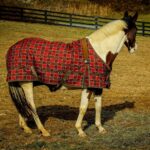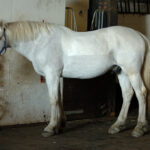In scorching hot climates, the persistent buzzing of flies can transform a pleasant outdoor experience into an irritating ordeal. As temperatures rise, fly populations flourish, creating a perfect storm of pest problems for residents and visitors alike. Whether you’re hosting a backyard barbecue, enjoying a sunset on your porch, or simply trying to keep your home fly-free, finding effective repellent solutions becomes essential. The challenge intensifies in hot climates where flies reproduce rapidly and seem particularly determined to invade our spaces. This comprehensive guide explores the most effective fly repellent strategies specifically designed to combat these persistent pests in hot, humid environments where traditional methods often fall short.
Understanding Why Flies Thrive in Hot Climates
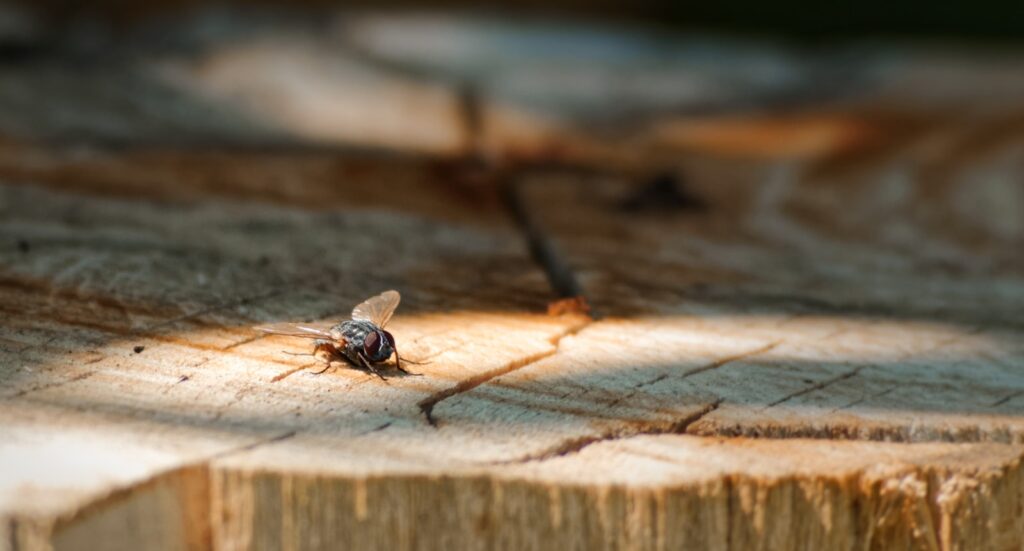
Flies experience accelerated life cycles in warm weather, with some species able to complete their entire development from egg to adult in less than a week when temperatures are consistently above 85°F. The abundance of food sources typically available during warmer months—from ripening fruits to outdoor dining—provides flies with ample nutrition to support their booming populations. Additionally, hot climates often create ideal breeding conditions with moist areas that flies require for laying eggs, especially during rainy seasons that might accompany hot weather in tropical and subtropical regions. Understanding this biological preference for heat helps explain why fly problems intensify dramatically during summer months and in naturally hot climates, making specialized repellent strategies essential rather than optional.
Chemical Sprays and Aerosols for Immediate Relief
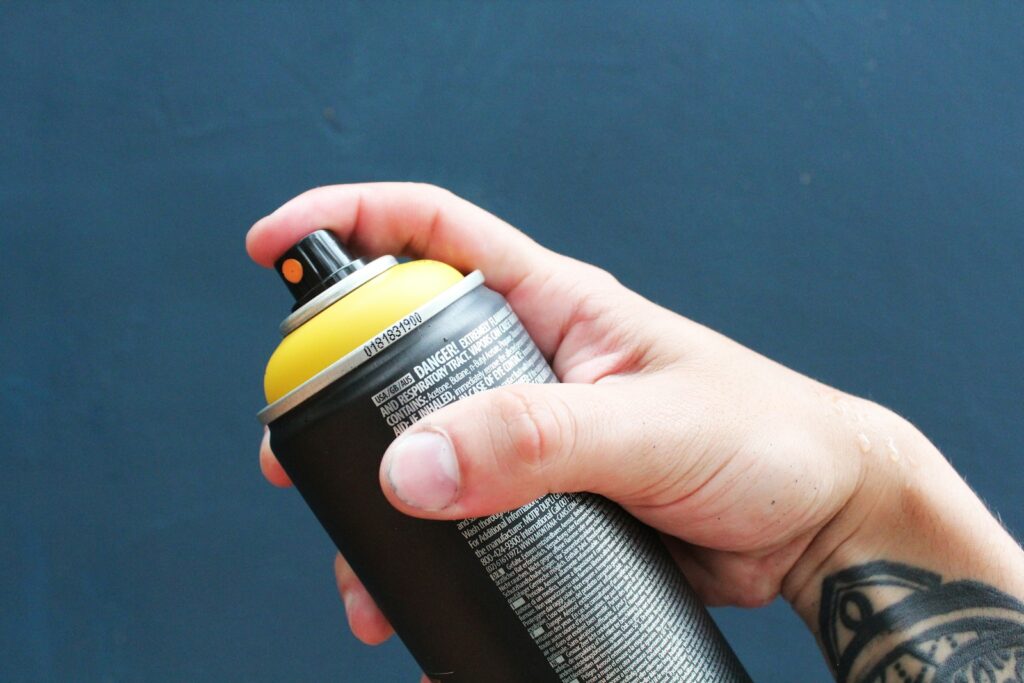
Chemical fly sprays containing pyrethrins or permethrins offer immediate knockdown power against flying insects and can provide quick relief during severe infestations. These products typically create an invisible barrier that kills flies on contact and continues working for several hours after application, making them ideal for pre-event treatments of outdoor spaces. Many modern formulations are designed specifically for hot weather performance, with heat-activated compounds that maintain effectiveness even as temperatures climb and special stabilizers that prevent degradation under intense UV exposure. When selecting a chemical spray for hot climates, look for water-resistant formulations that won’t wash away with sweat or light rain, and consider products with cooling agents that can provide added comfort during application in high temperatures.
Natural Essential Oil Solutions
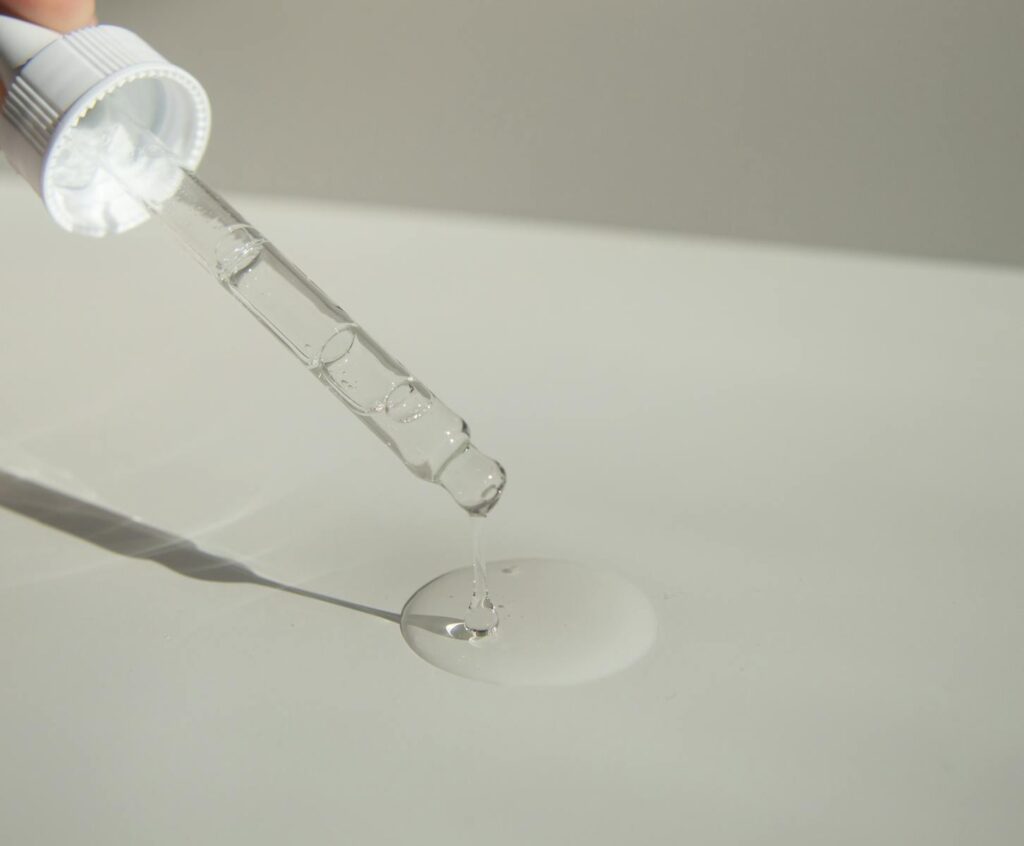
Essential oils represent a powerful natural alternative to synthetic chemicals, with certain varieties demonstrating remarkable fly-repelling properties that work particularly well in hot environments. Citronella, eucalyptus, lavender, and peppermint oils create scent barriers that flies find overwhelming, effectively keeping them at bay without harsh chemicals. These natural solutions often work through evaporation, which actually accelerates in hot weather, potentially making them more effective in high-temperature environments than in cooler climates. For optimal results in scorching conditions, consider combining multiple essential oils in a spray bottle with water and a small amount of witch hazel or vodka as an emulsifier, refreshing the application every few hours as the heat hastens evaporation. Some manufacturers now offer heat-resistant essential oil blends specifically formulated with fixatives that slow evaporation, extending protection time in hot climates.
Physical Barriers and Screens for Homes
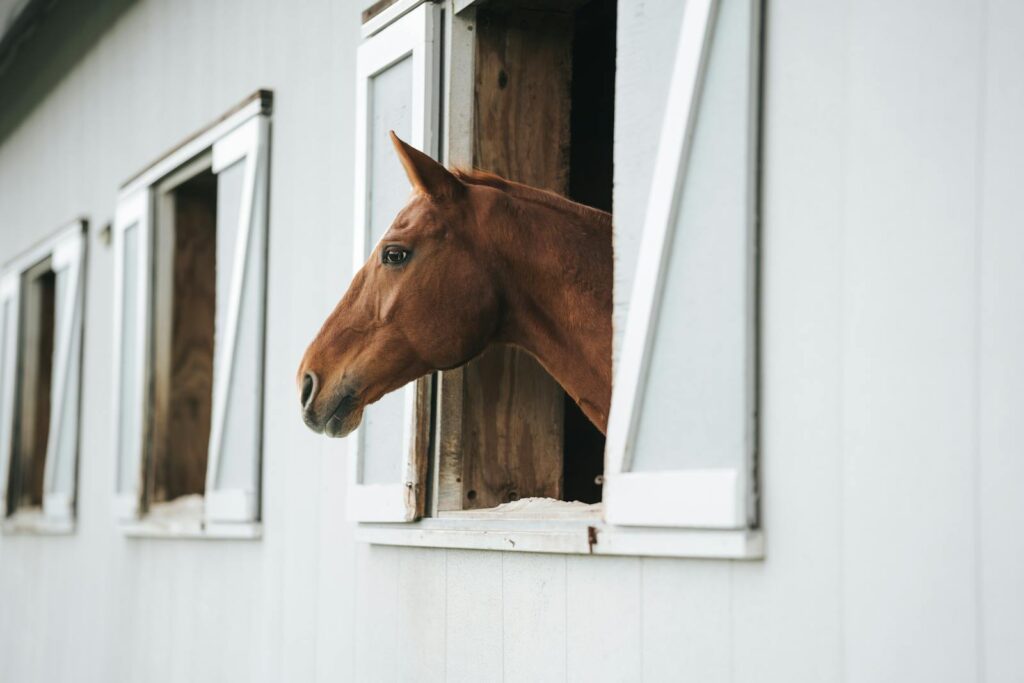
High-quality window screens with fine mesh represent one of the most effective long-term solutions for keeping flies out of living spaces in hot climates. Modern screen materials include UV-resistant nylon and fiberglass that won’t deteriorate under intense sun exposure, maintaining their integrity season after season. Magnetic screen doors offer convenient hands-free operation while creating a physical barrier that automatically closes behind you, preventing flies from entering even during frequent comings and goings common in summer months. For existing windows and doors that cannot accommodate traditional screens, transparent adhesive mesh products can be cut to size and applied temporarily during peak fly seasons, offering protection without permanent installation. Remember that in hot climates, screens serve the dual purpose of keeping flies out while allowing windows to remain open for ventilation, making them an energy-efficient solution during hot weather.
UV Light Traps and Electronic Solutions
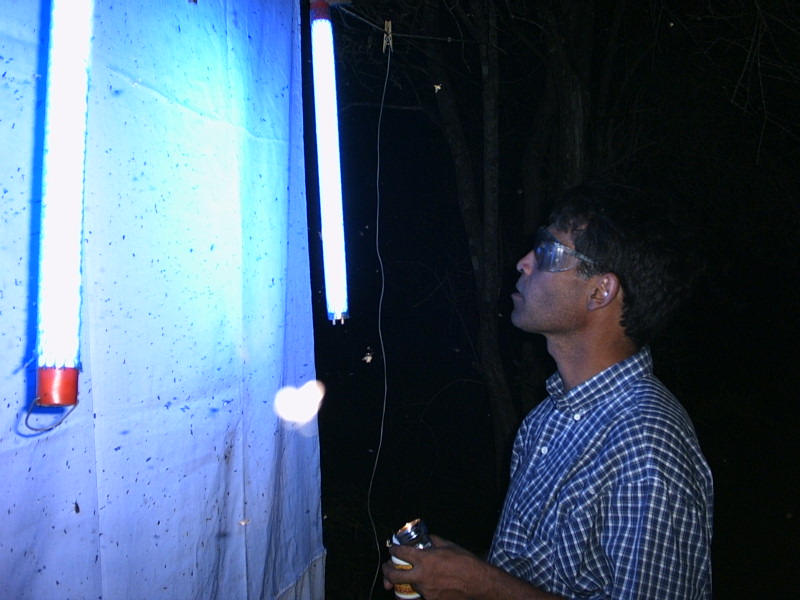
UV light traps capitalize on flies’ natural attraction to specific light wavelengths, luring them to an electrified grid or sticky surface where they’re eliminated. These devices work particularly well in hot climates where flying insect activity tends to increase, capturing significantly more flies than in cooler environments. Modern UV traps designed for hot climates feature weather-resistant casings, cooling systems to prevent overheating, and solar-powered options that harness abundant sunlight to operate continuously without electricity costs. For maximum effectiveness in hot weather, position UV traps away from competing light sources and in paths where flies typically enter your space, such as near doorways or outdoor dining areas. Many commercial establishments in hot regions rely on industrial-strength UV systems with enhanced attraction ranges specifically calibrated for the heightened fly activity experienced during extreme heat conditions.
Fan-Based Strategies for Outdoor Spaces
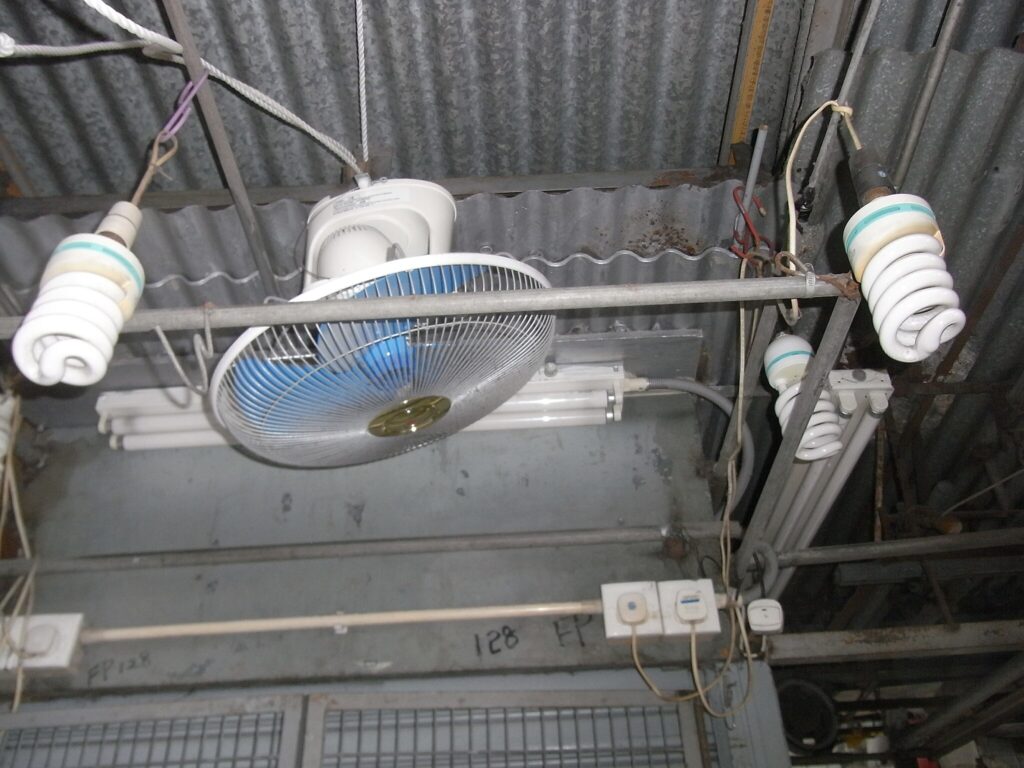
Strategic placement of high-velocity fans can create an effective fly-free zone in outdoor living spaces, as most flying insects struggle to navigate against even moderate air currents. Ceiling fans installed on covered patios or pergolas continuously disrupt the air patterns flies need for landing and feeding, making these areas significantly less attractive to these persistent pests. Portable battery-operated or solar fans can establish fly barriers around specific areas like outdoor dining tables, with the added benefit of providing cooling relief for human occupants during hot weather. For maximum effectiveness, position multiple fans to create crosscurrents rather than a single directional flow, establishing a comprehensive defensive perimeter that flies find difficult to penetrate. Some specialized outdoor cooling systems now incorporate insect-repelling features specifically designed for hot climates, combining cooling mist with essential oils or other repellents for dual-purpose protection.
Sticky Traps and Fly Papers
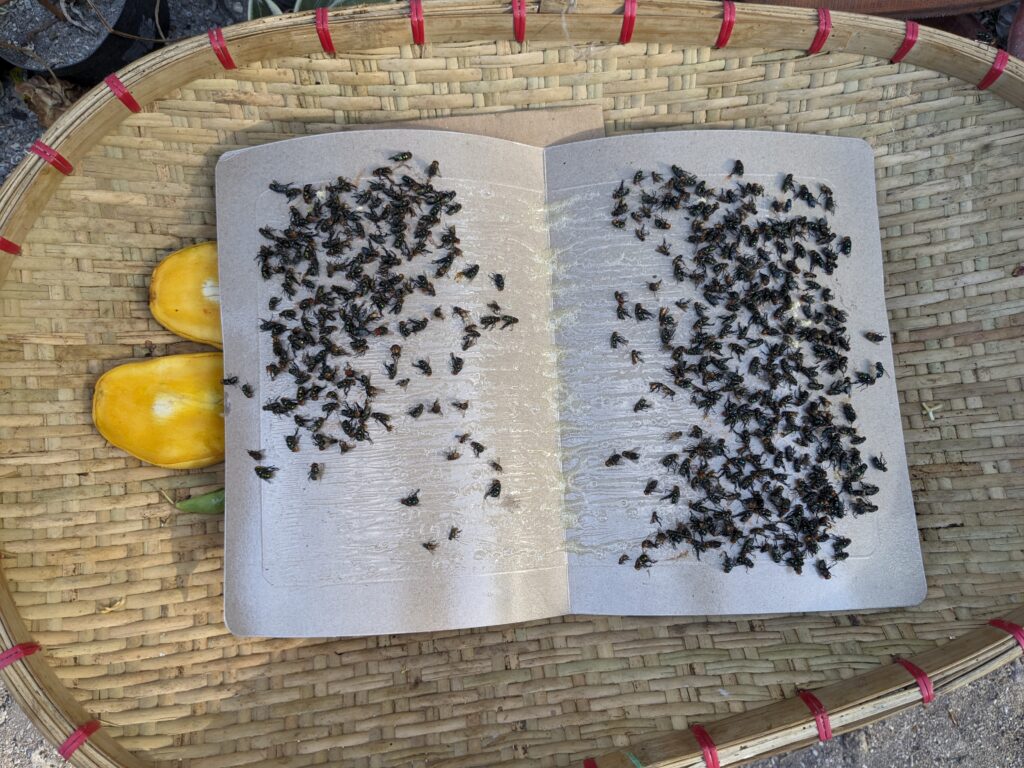
Sticky fly traps harness the simple yet effective technology of adhesive surfaces to capture flies on contact, working continuously without chemicals or electricity. In hot climates, these traps can be particularly effective as increased temperatures generally correlate with higher fly activity and movement, increasing the likelihood of contact with the sticky surfaces. Modern sticky traps come in various forms beyond the traditional hanging ribbons, including decorative options that resemble butterflies or plants, window attachments that remain nearly invisible, and covered designs that conceal captured insects from view. For hot outdoor environments, select sticky traps with heat-resistant adhesives that won’t melt or lose tackiness under direct sunlight, and position them in areas with active fly traffic but away from where dust might quickly coat and neutralize the sticky surface. Some commercial-grade sticky traps now incorporate fly attractants that become more aromatic in hot conditions, drawing more insects to the trap as temperatures rise.
Water Bag Method: Folk Remedy or Science?

The practice of hanging water-filled plastic bags to repel flies remains somewhat controversial in scientific circles, yet countless users in hot climates swear by this method’s effectiveness. The theory suggests that flies, with their compound eyes, perceive the reflective water bags as potential threats, possibly mistaking them for the nests of predatory wasps or the eyes of larger animals. In bright, sunny conditions typical of hot climates, these water bags create stronger light refractions, potentially enhancing whatever repellent effect might exist and explaining why this method seems more effective in hot, sunny regions than in cooler, cloudier environments. While scientific studies show mixed results, this zero-cost solution might be worth trying alongside more proven methods, particularly in hot climates where optimal conditions for the technique exist. For best results according to proponents, use clear bags filled about half-way with water, hang them at entry points around your outdoor space, and place them where direct sunlight will create maximum reflections and refractions.
Fly-Repelling Plants for Natural Protection
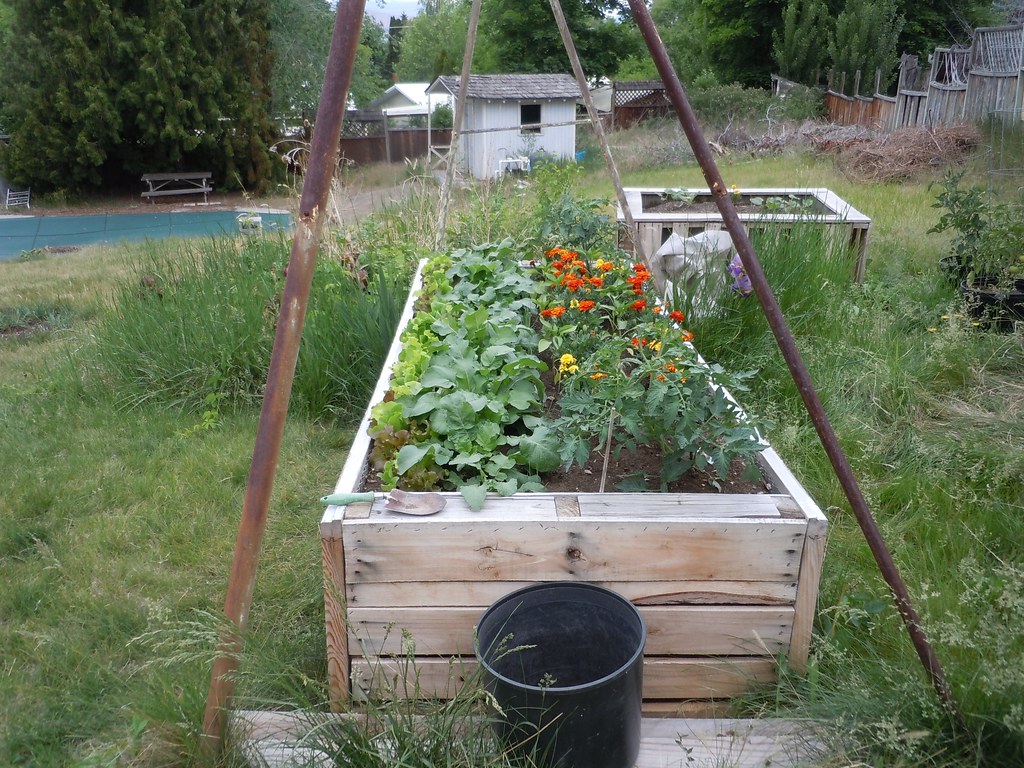
Strategic landscaping with fly-repelling plants can create living barriers that naturally discourage these pests while enhancing outdoor spaces with beauty and fragrance. Basil, lavender, marigolds, and mint all produce natural compounds that flies find objectionable, with these compounds releasing more actively during hot weather as the plants’ essential oils become more volatile. Container gardening with these repellent plants allows for tactical placement around outdoor living areas most prone to fly problems, such as dining spaces or entryways. Many fly-repellent plants actually thrive in hot climates, with varieties like citronella grass, lemongrass, and certain marigold species growing more vigorously and producing more potent repellent oils when temperatures rise consistently above 80°F. For enhanced effectiveness, occasionally brush your hand against these plants during outdoor gatherings to release more of their natural repellent compounds into the air, creating an invisible protective cloud of fly-deterring scents.
Body-Worn Repellents for Personal Protection
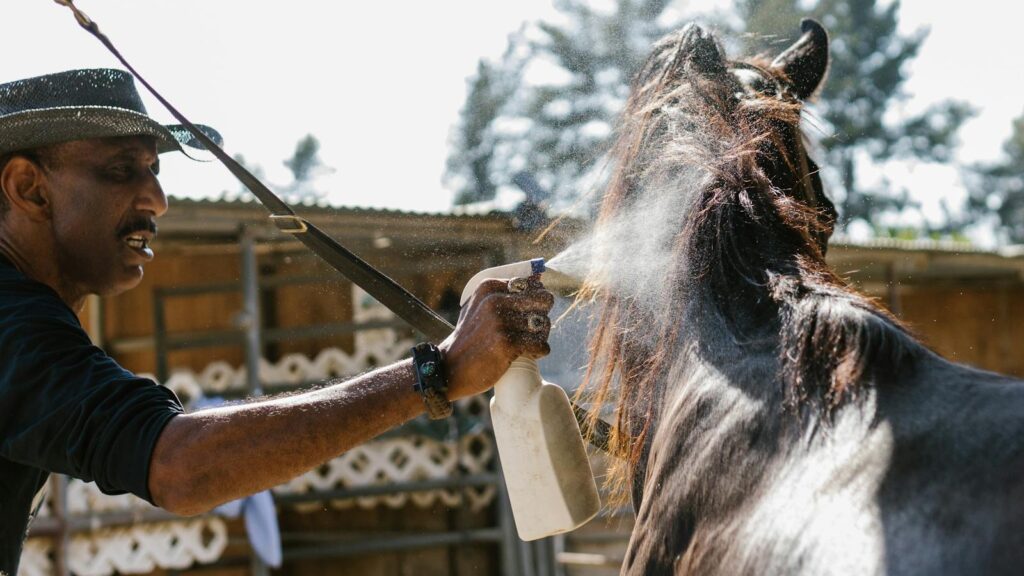
Personal repellents applied directly to skin or clothing provide portable protection that moves with you through fly-prone environments. In hot climates, select products specifically formulated to resist sweat and maintain effectiveness during perspiration, often labeled as “sport” or “extreme” formulations. Wearable repellent devices like clip-on fans that disperse repellent into your immediate surroundings offer hands-free protection and are particularly valuable in hot climates where they provide cooling air circulation as a secondary benefit. For those sensitive to chemical products, microencapsulated essential oil formulations offer natural protection with extended release technology that gradually breaks down throughout the day, making them more heat-resistant than traditional essential oil applications. Remember that in extreme heat, reapplication intervals for all body-worn repellents should be shortened as sweat and increased skin temperature can accelerate the breakdown of active ingredients.
Sanitation: The First Line of Defense
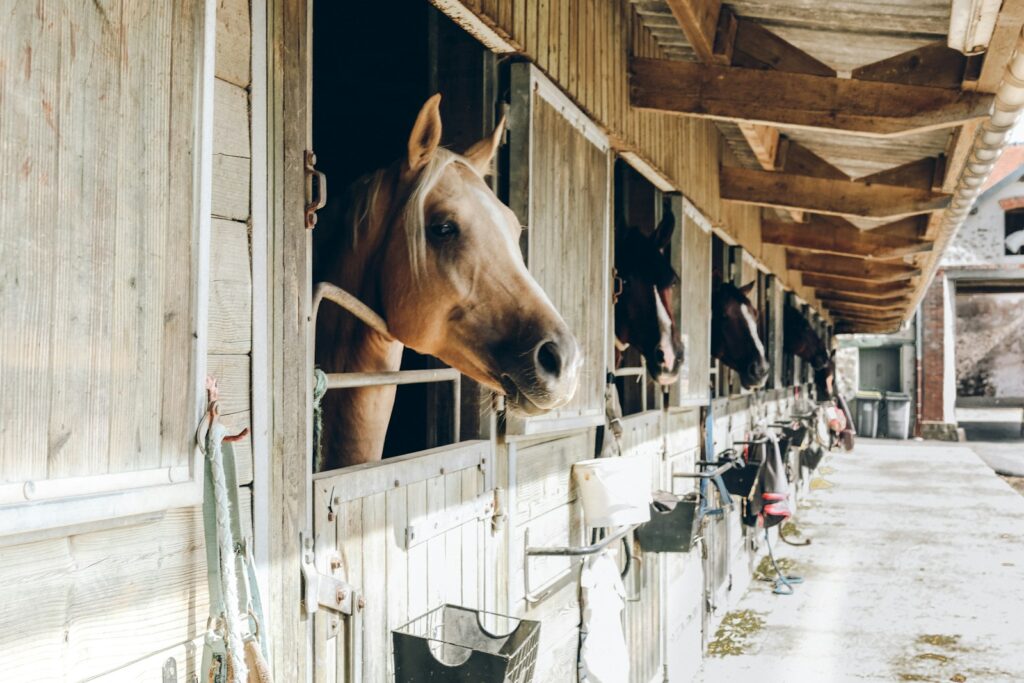
Rigorous waste management takes on heightened importance in hot climates where organic matter decomposes rapidly, creating ideal breeding conditions for many fly species. Sealed trash containers with tight-fitting lids prevent flies from accessing food waste, while frequent emptying—ideally daily during extreme heat—prevents larvae from completing their development cycle even if adult flies manage to lay eggs. In hot climates, consider adding a layer of baking soda to the bottom of trash bins to absorb liquids and odors that might attract flies, refreshing this layer weekly or after bin cleaning. Compost areas should be located well away from living spaces and managed with sufficient brown material (carbon-rich items like dried leaves) to balance the nitrogen-rich kitchen scraps, reducing odors that attract flies even in intense heat. Professional-grade enzymatic cleaners can break down organic residues in garbage areas that standard cleaning might miss, eliminating microscopic food sources that sustain fly populations during hot weather.
Integrated Pest Management for Comprehensive Control
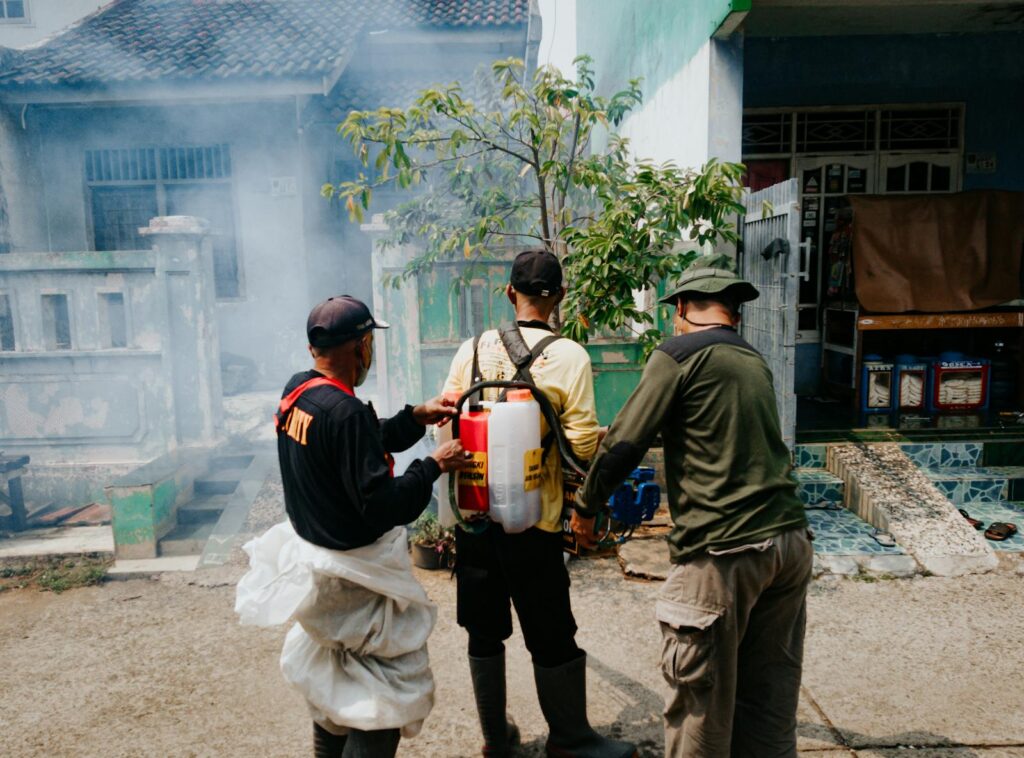
Integrated Pest Management (IPM) combines multiple control strategies tailored to specific environments and fly species, creating layered defense systems particularly valuable in challenging hot climates. This approach begins with identification of the predominant fly species in your area, as different varieties may respond better to certain repellent methods based on their biological characteristics and behaviors in hot weather. Environmental modifications form the foundation of IPM, addressing breeding sites specific to local fly species, such as managing irrigation to prevent standing water or applying beneficial nematodes to soil where certain flies pupate. Mechanical controls like sticky traps and screens work alongside carefully selected chemical interventions applied only when and where necessary, reducing environmental impact while maximizing effectiveness against target species. In hot climates, IPM programs typically emphasize more frequent monitoring of fly populations and breeding sites, with intervention thresholds adjusted to account for the accelerated reproduction rates experienced during extended periods of high temperatures.
Advanced Technologies for Severe Infestations

For persistent fly problems in hot climates that resist conventional solutions, several advanced technologies offer powerful intervention options. Automated misting systems installed around property perimeters can dispense fine clouds of repellent at programmed intervals, with heat-sensing capabilities that increase application frequency during peak temperature periods when fly activity intensifies. Carbon dioxide traps mimic the breath of humans and animals, attracting flies from considerable distances before capturing them in collection chambers, with enhanced effectiveness in hot environments where odor molecules travel more readily and flies seek out potential hosts more aggressively. Professional-grade thermal foggers can treat large outdoor areas before special events, creating a protective barrier of suspended repellent particles that remains effective even in extreme heat due to specialized carrier formulations that resist rapid evaporation. For agricultural settings or large properties in hot climates, area-wide fly management using sterile insect technique (releasing sterilized male flies) can break reproduction cycles across entire regions when conventional property-by-property approaches prove insufficient.
In conclusion, effectively managing flies in hot climates requires a multi-faceted approach tailored to the unique challenges presented by elevated temperatures and increased pest activity. By combining appropriate chemical treatments, natural repellents, physical barriers, and sanitation practices, residents of hot regions can significantly reduce fly populations and create more comfortable living environments. The key lies in consistency and adaptation—regularly implementing preventative measures while remaining flexible enough to adjust strategies as conditions and fly populations change throughout hot seasons. With the right combination of techniques from this comprehensive guide, even the most persistent fly problems in the hottest climates can be brought under control, allowing you to enjoy outdoor living without the constant harassment of these ubiquitous pests.




